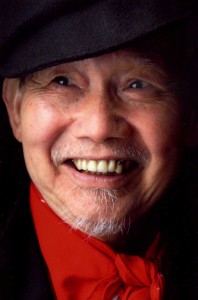Acupuncture can treat Spinal Cord Injury (SCI) and the ACU treatment result is permanent.
In 1979, Tai at the ‘Australia Acupuncture Colleges’ provided one-year acupuncture treatment that allowed an incomplete paraplegia patient to stand and move out of wheelchair. Since then Tai has treated many different types of SCI patients including: complete and incomplete quadriplegia and paraplegia.
Applies acupuncture to treat SCI will achieve better results if done immediately. This means: the SCI patients should attend ACU treatment as soon as possible after SCI (not more than one year from the time of the injury). When the lesion part of the body, skin and muscles have atrophy. It is difficult to be able to achieve the best outcomes with ACU treatment.
This paper provides an over view of some of the current treatment strategies in the east and west and then contrasts these to the author’s research into the provision of ACU in three SCI cases studies: One case of complete paraplegia and two cases of incomplete quadriplegia. All patients attend ACU treatment several months after SCI and in one and half year of ACU treatment they were able to stand and mobile out of wheelchair

